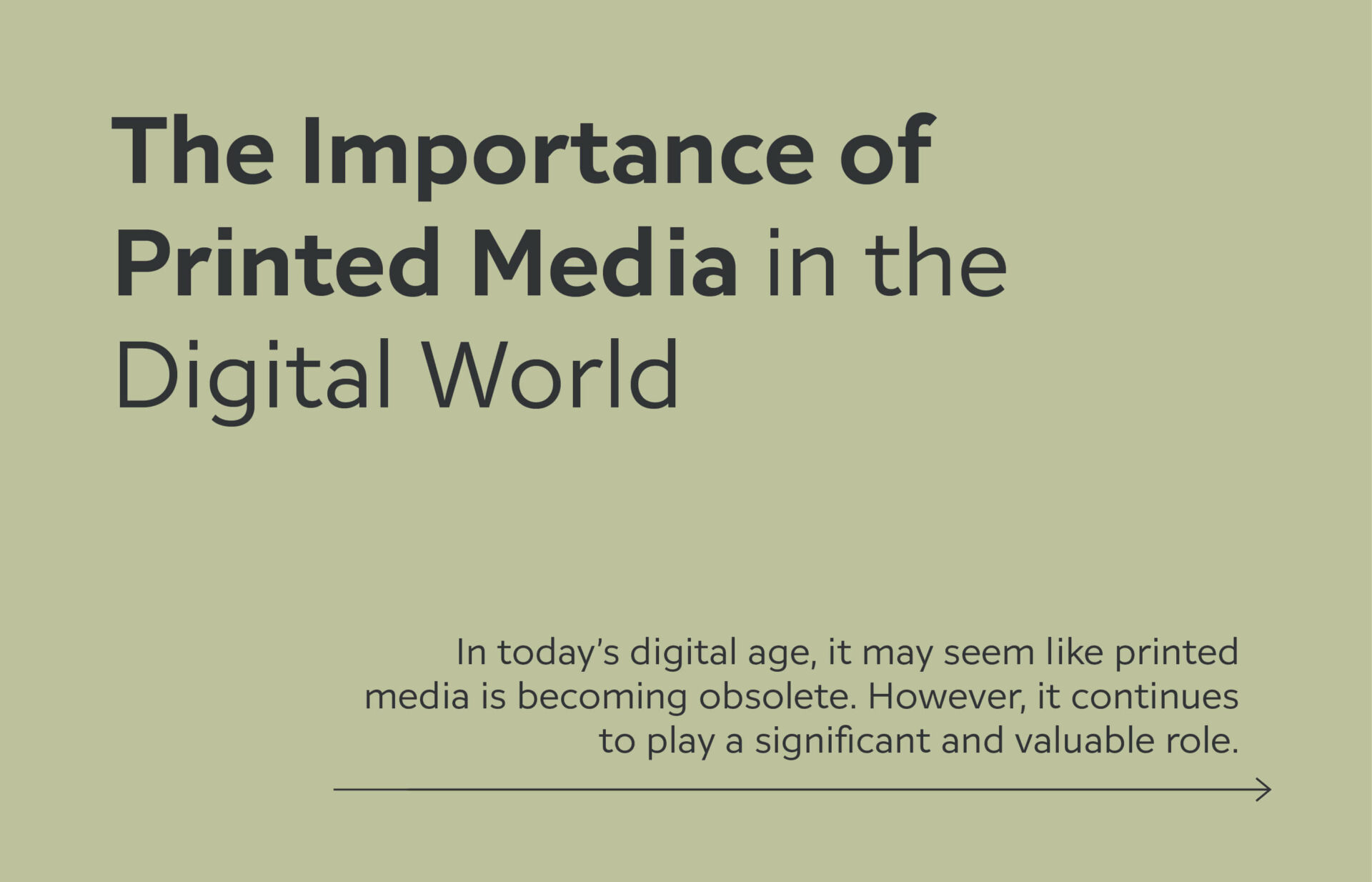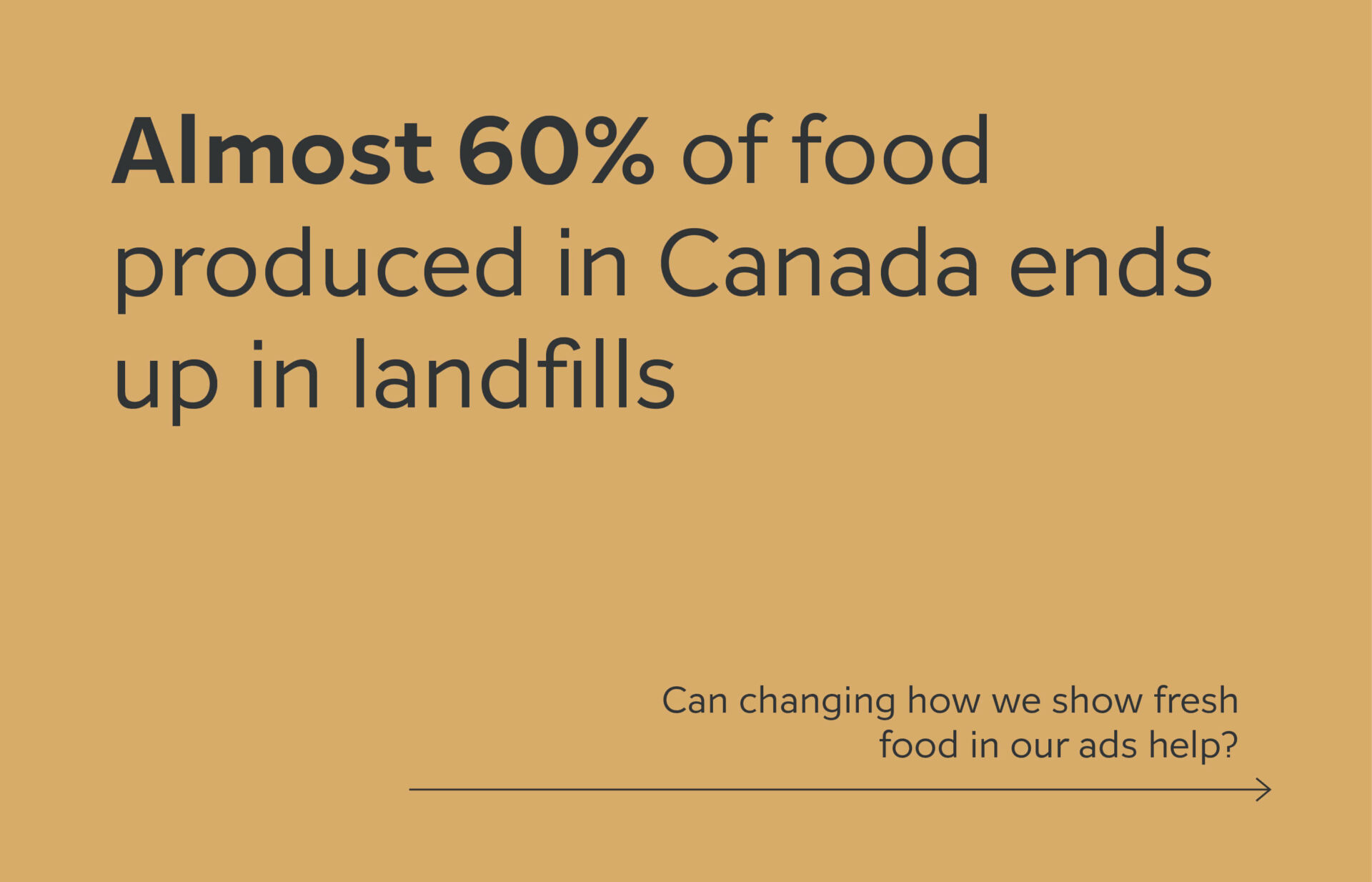The Importance of Printed Media in the Digital World
In today’s digital age, it may seem like printed media is becoming obsolete. With the prevalence of smartphones, tablets, and laptops, many people believe print is a thing of the past. However, despite the rise of digital platforms, printed materials continue to play a significant and valuable role.

The Tangibility Factor
One key reason print endures is its tactile nature. In a world overwhelmed by screens, the experience of holding a book or flipping through a magazine is unique. Many people find that interacting with print fosters a deeper connection with the content. It’s an immersive, sensory experience that digital media can’t replicate.

Credibility and Trust
Print also carries a sense of credibility and trust. In an era of fake news and misinformation online, printed media is often perceived as more trustworthy. Editorial standards in print are typically higher, and many readers feel more confident in what they’re reading, as print publications undergo thorough editing and fact-checking.

Print in Marketing
For businesses, print offers an opportunity to stand out. In a digital world full of ads, physical materials like brochures and catalogs can create a more personal connection with customers. Direct mail campaigns, for example, often generate higher engagement and a longer-lasting impact than their digital counterparts, which can get easily lost in crowded inboxes.

Information Retention
Print remains a powerful tool in advertising. Studies show that consumers retain information better when engaging with print materials compared to digital ads. Printed advertisements also help reinforce brand identity, build trust, and create lasting impressions, making them an essential component of a comprehensive marketing strategy.

Sustainability and Print’s Evolving Role
The print industry has made strides in sustainability. Many publishers use recycled paper, eco-friendly inks, and green materials, making print more environmentally responsible. While digital content can be energy-intensive, print can be considered more sustainable when produced responsibly.

The Future of Print: Coexisting with Digital
Rather than being outdated, printed media is finding its place alongside digital content. Both formats have their strengths—digital excels in quick access and interactivity, while print offers depth, permanence, and a tangible experience. Print continues to thrive in a digital world, offering a unique and valuable complement to digital platforms.
In conclusion, despite the dominance of digital media, printed materials continue to hold significant value. Whether it’s the tangible experience, trust, marketing impact, or educational benefits, print remains an essential medium in today’s world.


February 11, 2025
Managing your online product catalogue through your website
October 3, 2024





